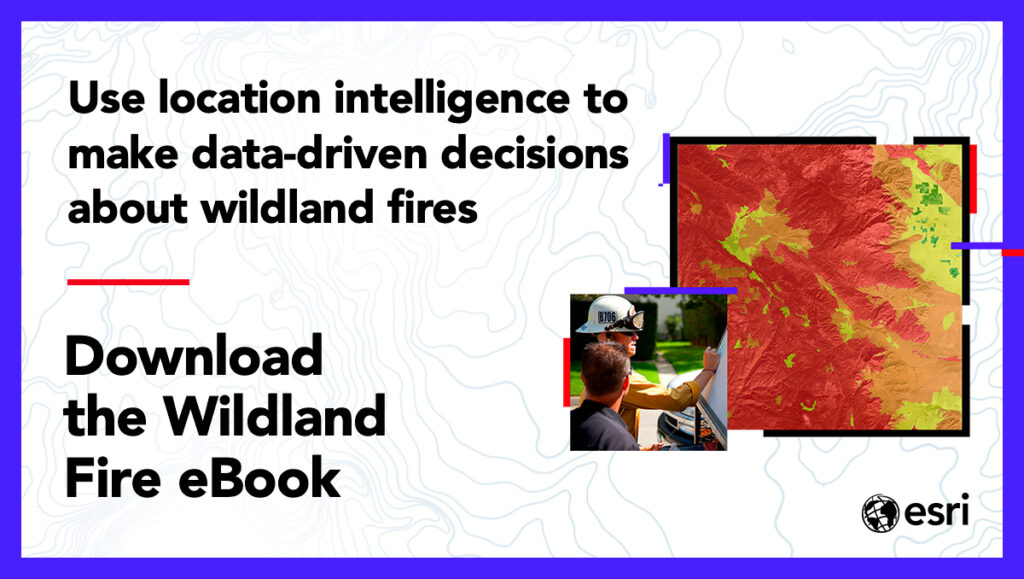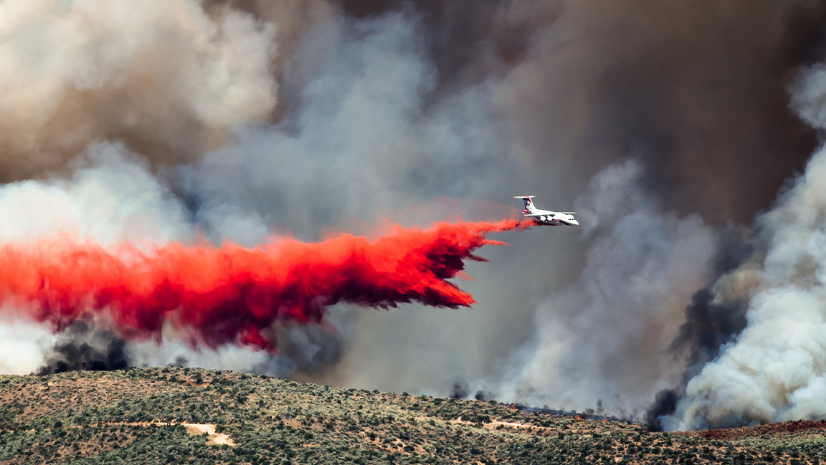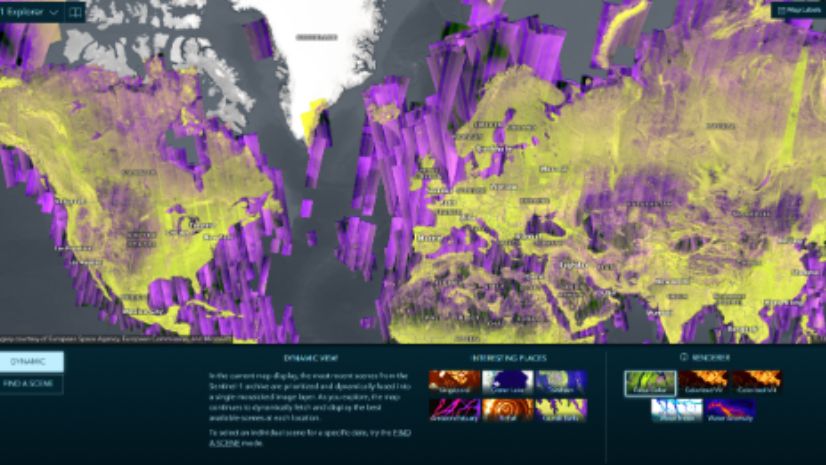I’m outing myself as the lead author of the National Wildfire Evacuation Guidance being led by the United States Fire Administration (USFA). To make sure this guidance hits the mark, the USFA is hosting several evacuation tabletop exercises. At the kickoff of day two of one of these exercises—just as folks were settling in with their coffee—the facilitator posed a question to the room:
“What is the biggest worry you have for your community during a wildfire?”

I could fill a notebook with answers to that question. I might need several notebooks. But narrowing it down to a single, fundamental concern? That is difficult—I couldn’t immediately think of an answer. So, I sat and listened as the mic made its way around the room.
The answers were exactly what you’d expect from seasoned fire and law enforcement professionals:
– Lack of egress for residents
– Public apathy toward preparedness and mitigation
– Extreme fire behavior
– Lack of political will to enforce building codes
– Delays in evacuation notifications
All of them valid. All of them serious. And all of them feeding into the same fundamental issue.
My answer?
Time.
Time is the common thread that runs through almost every challenge we face in wildfire response. It’s a little philosophical, sure, but it’s also the undeniable reality of what we do.
We are always in a race against time:
– A race to plan before a fire occurs
– A race to reduce risk through fuels treatments and homeowners
– A race to convince homeowners that, yes, this can happen to you
– A race to notify the public before the fire is at their doorstep
– A race to evacuate entire neighborhoods—often through choke points that were never designed for a hurried exit
When a jurisdiction fails to plan, it costs time during the response. When fuels treatments aren’t prioritized, fire spreads unchecked, buying itself time to intensify. When homeowners ignore mitigation, it costs responders time to defend individual structures—time that could have been better spent.
And here’s the hardest truth:
Time has a way of exposing what wasn’t done.
The gaps in planning. The hesitation in decision-making. The delays in action. They all surface when the clock is ticking down, and the fire is moving fast.
Tools are available to help us make the most of the time we do have—GIS, real-time data, and modeling. Technology won’t solve all the problems, and it only gets us so far if we don’t use it proactively. But when we do, it saves time. GIS helps us see what’s coming before it’s at our doorstep. It maps evacuation routes, identifies bottlenecks, and turns fire models into something actionable—something that buys us time.
So, I guess the question is: what are you doing with your time?
Because the fire isn’t waiting, and we don’t have to either.
Learn more
To learn more about GIS solutions for wildland fire, visit our solutions page or download our ebook.



